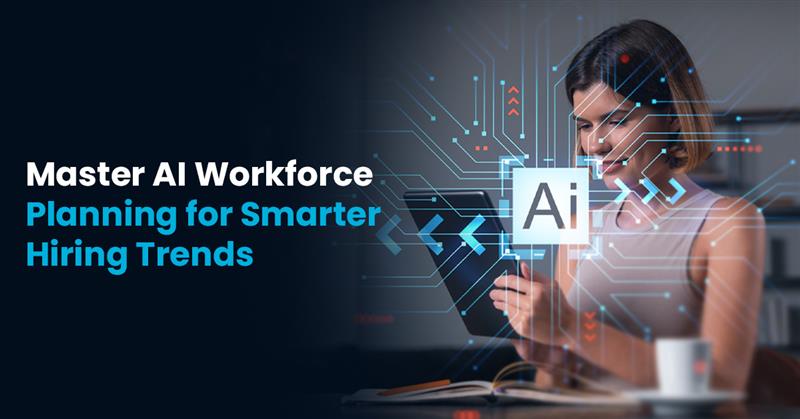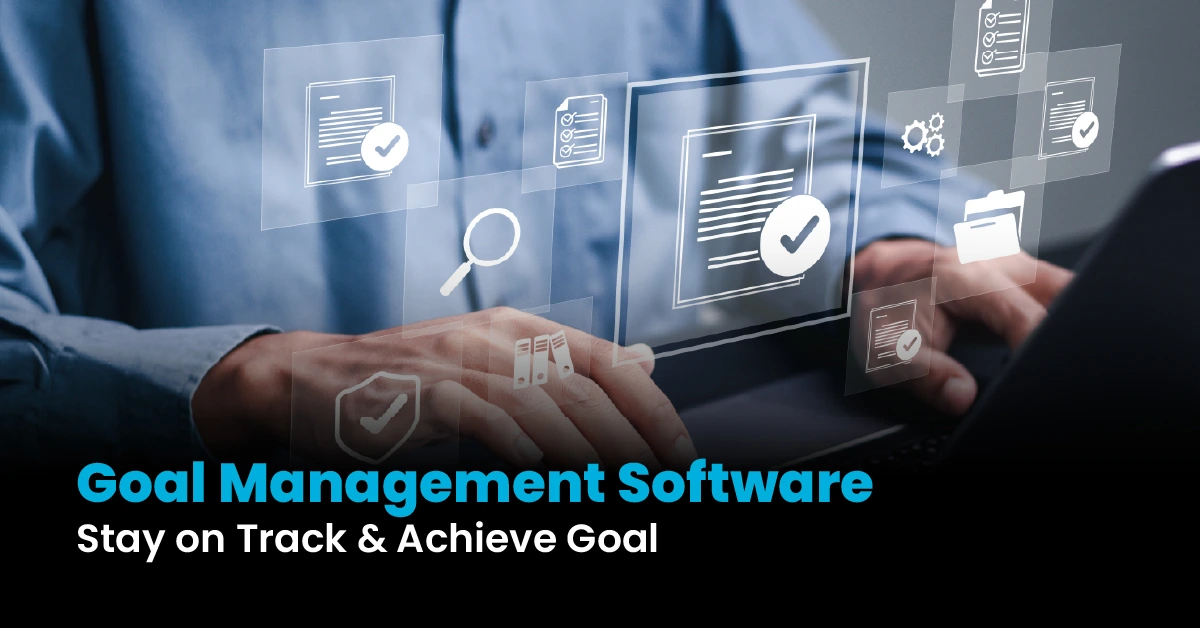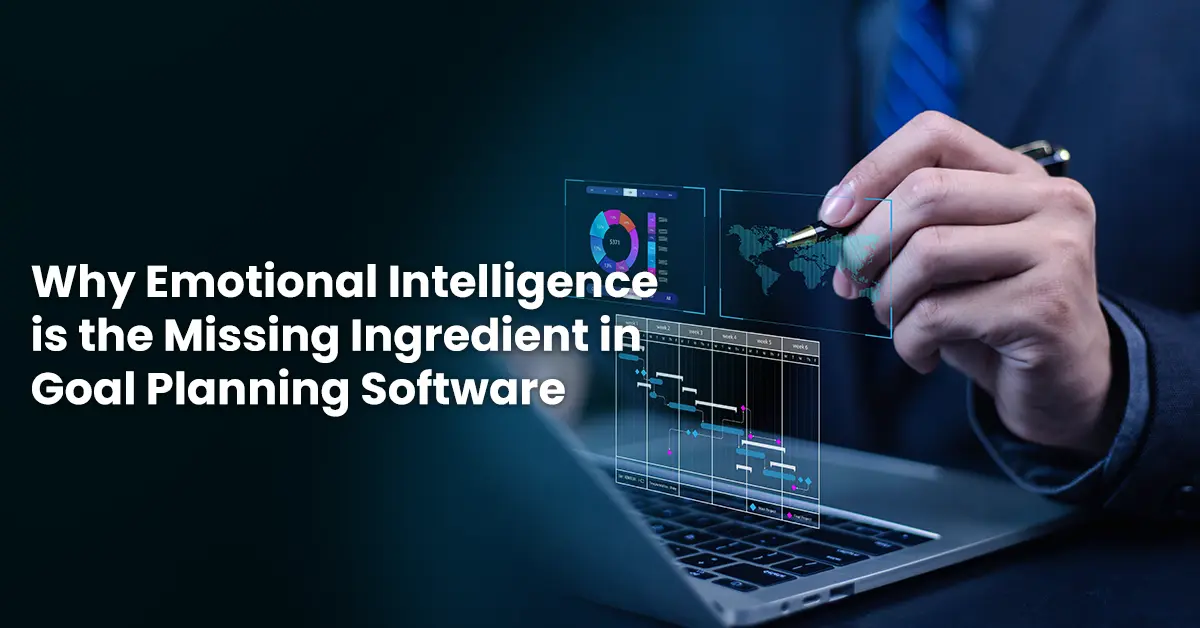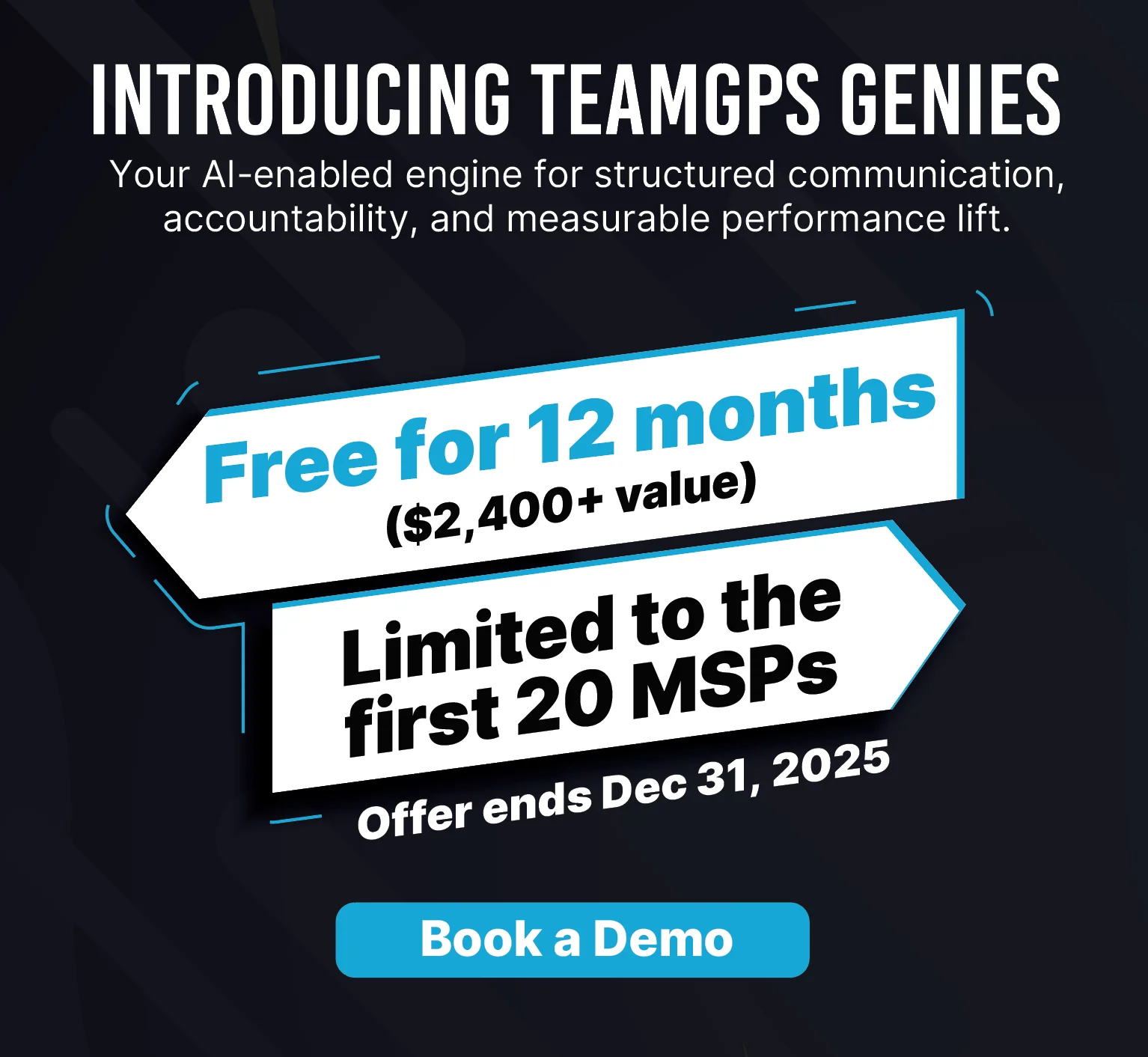AI workforce planning is revolutionizing how companies predict and prepare for their hiring needs, transforming reactive scrambling into strategic talent acquisition. While 67% of companies still struggle with unexpected hiring challenges, forward-thinking organizations are leveraging artificial intelligence to stay ahead of workforce demands.
This game-changing approach uses predictive workforce analytics to forecast hiring needs, identify skills gaps, and optimize team performance before critical issues arise. Instead of waiting for your star project manager to drop that Monday morning resignation bomb, AI workforce planning gives you the data-driven insights to build resilient teams and succession plans.
AI in HR isn’t just another tech trend – it’s becoming essential for companies that want to move from reactive hiring to strategic talent management. Let’s explore how predictive workforce analytics can transform your hiring strategy and help you build future-ready teams.
What is AI workforce planning and why does it matter?
AI workforce planning isn’t just another tech buzzword – it’s a strategic approach that combines artificial intelligence with traditional workforce planning to create smarter, more proactive hiring strategies. Instead of waiting for someone to quit or projects to overwhelm your team, AI analyzes patterns, predicts trends, and helps you stay ahead of the curve.
How does predictive workforce analytics transform hiring?
Let’s be honest – traditional workforce planning often feels like playing a guessing game with your company’s future. You look at last year’s data, make some educated assumptions, and hope for the best. Predictive workforce analytics flips this script entirely.
Traditional vs. AI-driven approach:
| Traditional | AI-Driven |
| React to departures, scramble for replacements | Predict turnover, prepare talent pipeline in advance |
| Guess at future skill needs based on past trends | Analyze market data to forecast emerging skill requirements |
Key components of AI in HR systems:
- Real-time data processing from multiple sources
- Machine learning algorithms that improve over time
- Integration with existing HR information systems
- Automated reporting and actionable insights
The numbers speak for themselves: companies using predictive workforce analytics report a 23% improvement in time-to-hire and a 31% increase in quality of hire metrics, according to recent industry studies by Smart Recruiter. These systems seamlessly integrate with existing HRIS platforms, making adoption smoother than you might expect.
What role does AI in recruitment play in future planning?
AI in recruitment goes beyond just posting jobs and screening resumes. It’s about creating a comprehensive talent ecosystem that anticipates needs before they become urgent.
Automated candidate sourcing and matching:
- AI scans thousands of profiles to identify potential matches
- Talent forecasting becomes more accurate with larger data sets
- Predictive matching reduces time spent on unqualified candidates
Current AI hiring trends:
- Predictive analytics HR tools are becoming standard in Fortune 500 companies
- Bias reduction through algorithmic hiring is showing promising results
The beauty of modern AI workforce planning lies in its ability to learn and adapt. The more data it processes, the better it becomes at predicting your organization’s unique hiring patterns.
How can skills heatmaps revolutionize your workforce planning?
Skills heatmaps are like having a GPS for your team’s capabilities – they show you exactly where you are, where you need to go, and the best route to get there. This visual approach to AI talent management transforms abstract concepts into actionable insights.
What are skills heatmaps in AI talent management?
Think of skills heatmaps as your team’s capability dashboard. They provide a visual representation of who knows what, who’s missing critical skills, and where your next hire should focus.
Key features of skills heatmaps:
- Visual representation of team capabilities across departments
- Skills gap analysis automation that highlights critical needs
- Real-time competency tracking tied to project demands
- Integration with performance data for comprehensive insights
Skills gap analysis becomes incredibly powerful when you can see patterns across your entire organization. Instead of discovering skill shortages during crunch time, you can proactively address them through targeted hiring or training.
How do workforce analytics predict hiring needs?
Workforce analytics extend beyond just counting heads – they analyze workload distribution, stress patterns, and productivity metrics to predict when your team will hit capacity limits.
Workload distribution analysis:
- Identifies team members approaching burnout before it happens
- Calculates optimal team sizes for different project types
- Predictive workforce analytics determine when to hire before workload becomes unmanageable
- Stress analytics help maintain healthy work environments
According to a research report of McKinsey, companies using workforce analytics for capacity planning reduce employee burnout by 40% and improve project delivery times by 25%.
Which workforce analytics drive better succession planning?
Succession planning isn’t just about replacing departing executives – it’s about building a resilient organization that can adapt to change. AI workforce planning makes this process more scientific and less dependent on gut feelings.
How does employee turnover prediction improve retention?
Predictive analytics HR tools can identify employees at risk of leaving months before they hand in their notice. This early warning system transforms workforce planning from reactive to proactive.
Early warning systems:
- Analyze communication patterns, performance trends, and engagement scores
- Succession planning automation identifies potential internal candidates
- Leadership pipeline development becomes data-driven
- Career path optimization based on individual strengths and company needs
Companies implementing turnover prediction see an average 18% reduction in unexpected departures and a 22% improvement in leadership pipeline readiness.
What future workforce trends should you monitor?
The future of work is evolving rapidly and AI workforce planning helps you stay ahead of these changes rather than scrambling to catch up.
Emerging trends to watch:
- Talent forecasting shows increased demand for AI and data skills across industries
- Remote work impact on workforce optimization strategies
- AI hiring trends indicate growing emphasis on adaptability over specific experience
- Industry-specific workforce analytics reveal unique hiring patterns
How can AI-driven hiring optimize your recruitment strategy?
Moving from theory to practice, let’s explore how AI workforce planning translates into real-world hiring improvements. The key is understanding that optimization isn’t about replacing human judgment – it’s about enhancing it with data-driven insights.
What makes workforce optimization through AI effective?
AI in HR effectiveness comes down to four core principles: accuracy, speed, consistency, and continuous improvement.
Data-driven decision making:
- Predictive workforce analytics reduce guesswork in hiring decisions
- Bias reduction through algorithmic processes
- Time-to-hire improvements averaging 35% across industries
- Quality of hire metrics show consistent improvement over time
Workforce optimization through AI isn’t about making hiring perfect – it’s about making it consistently better. Each hiring decision feeds back into the system, improving future predictions.
How do you implement predictive workforce analytics?
Implementation doesn’t have to be overwhelming. Start small, focus on one area, and gradually expand your AI workforce planning capabilities.
Step-by-step implementation:
- Audit current data sources and identify gaps
- Choose pilot department for initial predictive analytics HR implementation
- Integrate with existing systems to ensure data consistency
- Train team members on new workforce analytics tools
- Monitor KPIs and adjust strategies based on results
Common pitfalls to avoid:
- Don’t try to implement everything at once
- Ensure data quality before relying on AI talent management insights
- Maintain human oversight in all hiring decisions
- Regular system updates keep talent forecasting accurate
Conclusion
AI workforce planning transforms reactive hiring into strategic talent acquisition. From skills heatmaps to predictive workforce analytics, these AI-driven tools help you build future-ready teams and stay ahead of workforce demands.
Team GPS offers comprehensive AI workforce planning solutions that integrate skills mapping, workload analytics, and predictive analytics HR tools into one powerful platform.
Ready to revolutionize your workforce planning strategy?
Schedule a Team GPS demo today and discover how our AI-driven insights can predict your next hire before you even know you need them.











